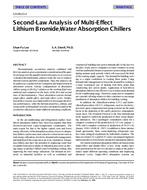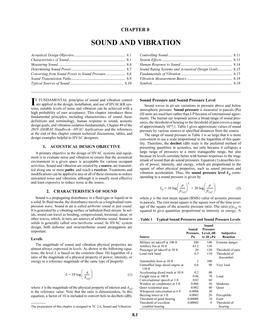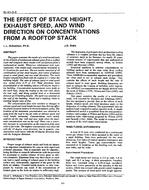Click here to purchase
Vacuuming aids in the re-suspension of particles deposited on the floor and eventually will be reintroduced them into the indoor breathing air. These particles constitute a threat to humans’ health once re-suspended. A proper ventilation system should be able to reduce indoor air particle concentrations and ensure minimal deposition and re-deposition fractions over surfaces and floors. In this work, particles depositions between two ventilation systems are to be investigated (1) a ceiling supply and return mixed air ventilation, and (2) a displacement ventilation system. To simulate floor disturbances of the vacuuming and footsteps, 20 small DC fans were placed on the floor at very low speeds to provide uniform air velocity. The low speed of air will be like that produced by the vacuum cleaner. An aerosol generator will be used to generate and disperse particles of 2.5 μm until steady state conditions are achieved, and petri-dishes will be uniformly distributed around the room to estimate the particles deposition. A microscope will then be used to count the number of particles on all petri-dishes per unit area. In addition, particle concentration will be measures at the breathing zone to understand system performance and its effect on indoor air quality. Comparisons made between both systems suggest that the MA ventilation system had a better particle removal rate and lower deposition rate making it the most suitable system to provide good IAQ during vacuuming.
Citation: 2020 Winter Conference, Orlando, FL Conference Papers
Product Details
- Published:
- 2020
- Number of Pages:
- 8
- Units of Measure:
- Dual
- File Size:
- 1 file , 2.9 MB
- Product Code(s):
- D-OR-20-C044


